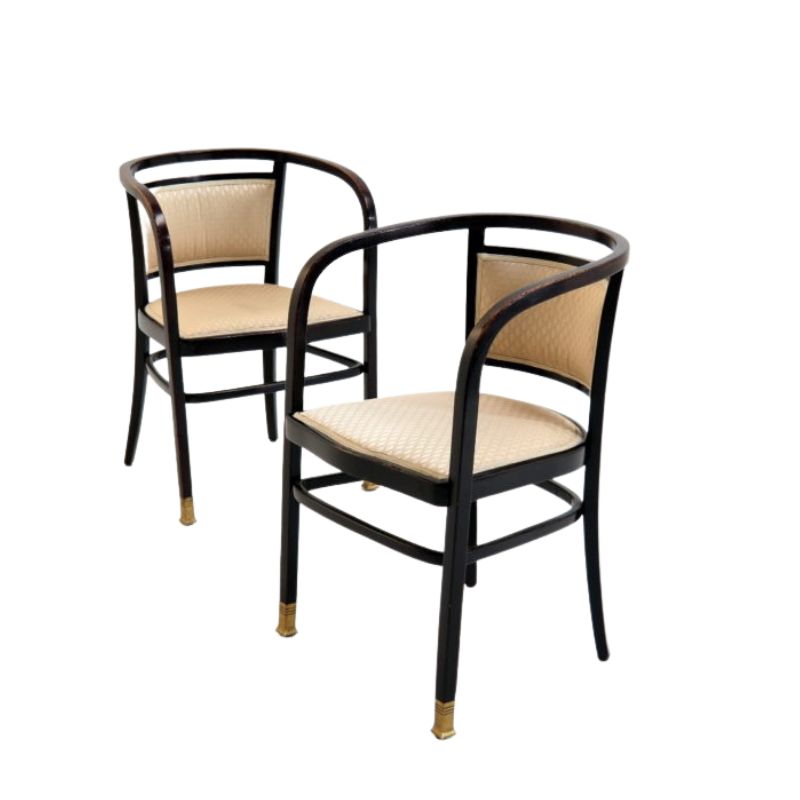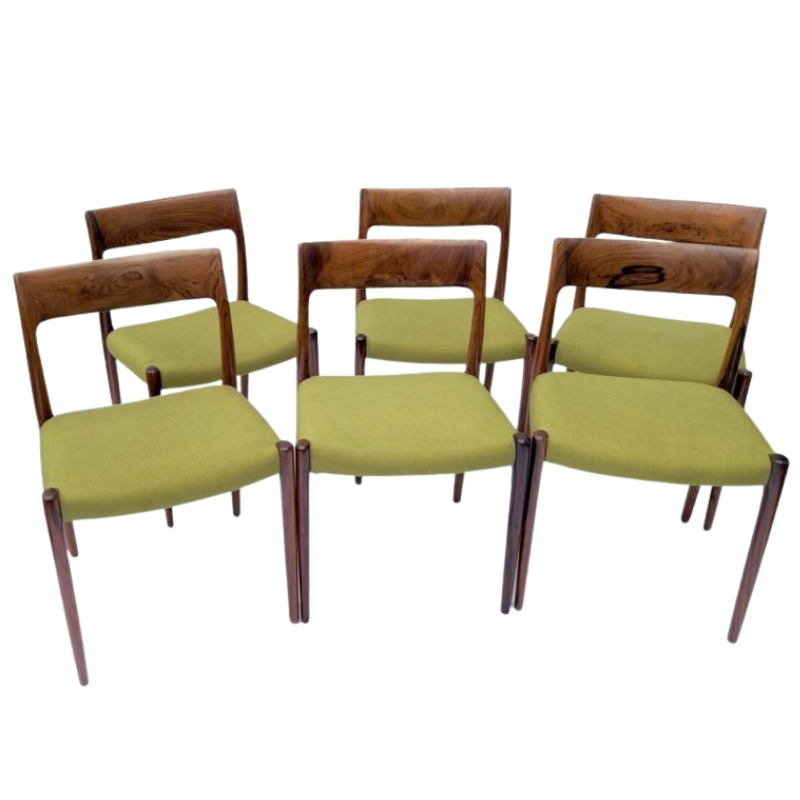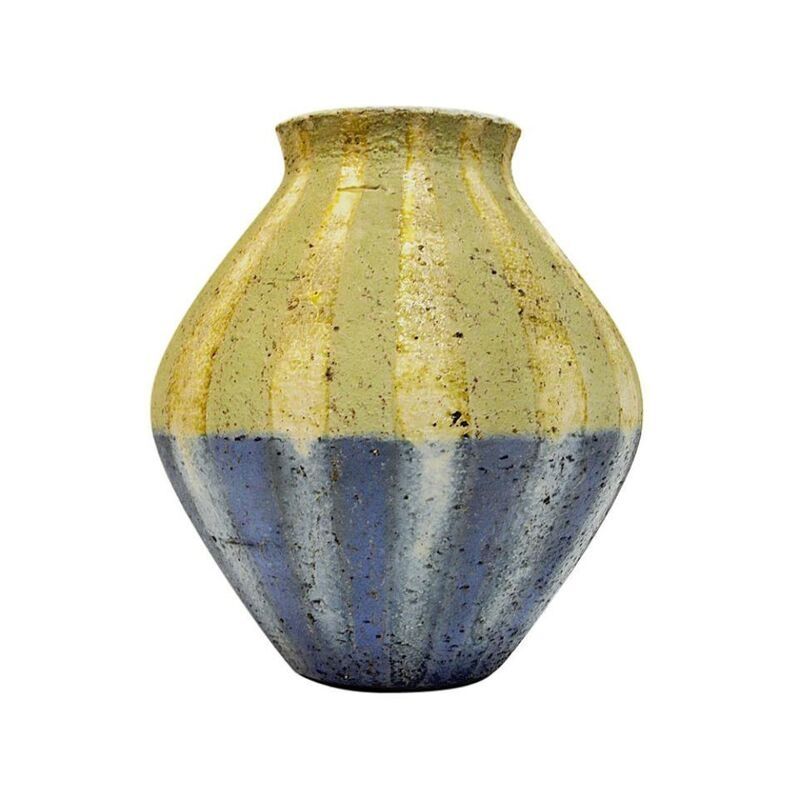I am attempting to write an article about mid century modern furniture. Could anyone point me in the direction of a good website where I can find information about popular MCM furniture please? I know very little so far, and I'm therefore looking to find out prices, descriptions, and popularity.
Please no rude responses, this is a genuine request for guidance.
Thank you in advance!
Are you serious?
Or, are you just trying to irritate, for sport?
----------
For the record, the question has since been edited. Question originally included request to know which mid-century pieces sell for the highest amounts... or something to that effect.
Joelle, if you're a student writing a paper for class, I hereby apologize.
Wow
If being rude and ridiculing someone who is humbly looking for help makes me "right," I'm happy I'm the "wrong" person for the job. How would one acquire knowledge without asking people who appear to "know?"
I was just looking for reliable websites, some basic information, or some knowledge that I didn't have before. If that is too much to ask, then please don't offend me with your rudeness.
Not rude
but you are at the site you are requesting to be directed to. Simply read back through the archives of this forum and you will find all the answers you could possibly ever want. Every movement, piece of furniture, designer, ad nauseam has been discussed here.
There is also a pretty biting (at times) sense of humor here.
There is
no shortage of published material, nowadays, written by persons with no previous experience or (apparently) interest in the subject addressed. Why are such pieces written ? There could be two or three possible answers: a school writing assignment, a journalistic assignment or commission, or the job of a filler or puff-piece for popular or commercial consumption. I'd be interested to hear of other possibilities. . .
When I've encountered writing of this sort which dealt with a subject familiar to me, I've usually found one or more factual errors, and (often) the repetition of hackneyed myths and oft-told half-truths that set my teeth on edge. Of what use is such "information" ? We fear that the Web is a source of untested opinion and unverified fact -- but an article written in any medium, following a bit of cursory research and a in a hurry, is little contribution to the sum total of available knowledge, and only serves to further blur the inevitable cloudy image of the ever-receding past.
How sweet it would be if all writing was done by persons who had accumulated a sufficient body of information on their subject, and had taken long enough to assure themselves of a balanced and accurate group of facts, so that the resulting piece would both convince and entertain anyone who might read it -- and not only another individual (beside the writer) equally ignorant of the subject !
I'm so sorry to be a wet blanket, but the matter is of importance, I believe. Once a person has been exposed to "half the story," that is what they carry with them and pass on to others. The very first exposure to a new subject is always the source of that person's most enduring beliefs -- or so I have found. Here's to doing the best job possible to pass on "the truth, the whole truth and nothing but the truth" (and you may leave God out of it, with my blessing !).
Thank you. If I utterly misconstrue the intentions and methods of the poster, I'm very sorry.
Umm
Library or bookstore much?
----
Okay, I'll edit too.
If you're specifically looking for responses to your initial query (i.e. top five design pieces and their worth), it could be fun to start a thread on that particular topic, in addition to doing your own literature research. I'm sure the opinions on this forum would be rather varied.
The hell with splitting it,...
The hell with splitting it, JeffB. Obviously, this is one that is destined to be almost anyone but the author's story, which seems, of course, to be the modern day story.
This comment is not intended to be rude but may admittedly - in this day and age - be met as being kind of square, as the kids used to say. Or something trying to get a little closer to fair.
....
Hi Joelle - A good start might be studying auction catalogs. Often times your local museum will have a huge selection of recent ones available for checkout.
Your article may have to be broad with not too much detail though... maybe you should try writing the article from the perspective of someone who is just learning, instead of an authority on the subject....
Wright20.com is a good place to start. also 1stdibs.com
Try not to let some people get to you 😉 I think a lot of collectors are getting frustrated because the price on some items they really want has been skyrocketing due to their popularity. Unfortunately, if one wants the best they now have to pay for it... and there chances of finding it at a thrift store is highly unlikely....
dear Joelle..
I would say most of us are self-educated..in my case takes countless hours , time , money & self sacryfice to know what i know..& still there is so much to learn..occasionally i dear to ask question here on design addict..& i/m trying as best i can help those in need..& share with those who has share same passion..but your case is very different..you just want to have those information for free., to benefit financially yourself...in my books it is abuse..Buy yourself an expensive books some of them over 100 euros or more)..spend 2-& more years of your life on internet..than you want not need freebes you asking for..
Joelle, you're dealing with an advanced group
of collectors and fans of design here. Most of us have been through the basics over and over again, and it's difficult for most of us to patiently put on our 'teacher' caps and answer your very generic question.
When I started seriously going after good design, I spent the time and money to buy books of the era. Some of these books are not cheap, but I have saved myself hundred of dollars by learning who's who and what's what.
It has been discussed here before, but most people seem to find that certain Art Noveau and Art Deco designers of the 1900's-1920's were doing simplier designs, and these, in turn, influenced the Bauhaus in Germany and subsequently the American Modern movement. This movement really started in the mid-1930's, but didn't really get going great-guns until after the war. By that time, plastics, fiberglass, lamanted plywoods and other cheaper, but strong materials - which had been perfected for the wartime - were used.
People seem to agree that in America, Charles and Ray Eames, Jens Rissom, George Nelson, Aero Saarinen, Noguchi, and Florence Knoll were early pioneers.
In Demark, Arne Jacobsen and Poul Henningsen.
In Italy, lots of cutting-edge designers were making some of the best lamps.
Germany, France and England did some fine stuff, but it didn't seem to be such a major movement (although I could be wrong).
Paul McCobb is also important, although there are still those who rate him lower because he wasn't from the world of Architecture and most of his earlier stuff (Planner Group) were lower cost.
Most of the designers mentioned above were mainsream, and mass produced. There many other more studio-type designers (Paul Evans, Vladimir Kagan, for example) who worked out of their own smaller specialty businesses.
Hope this helps...as complicated as it is, this might be a good starting point.
Mid Century Modern
Hey Joelle,
Sorry about the responses thus far. As Barry mentioned it takes some mental gymnastics to think back to the very beginning when we were all in the dark about MCM design.
A great book is Mid Century Modern by Bradley Quinn. He simply and informatively discusses the environment that led to Modernism, the variations of modernism around the world, and the resurgence of Modern as a lifestyle today. All of it is done in easty to digest chapters, with various focuses on the furniture, architecture, fabrics, accessories, and color theory that resulted from/contributed to Mid Century Modernism.
Good luck - we'd love to see the article when its done.
If you need any help, please contact us at – info@designaddict.com









